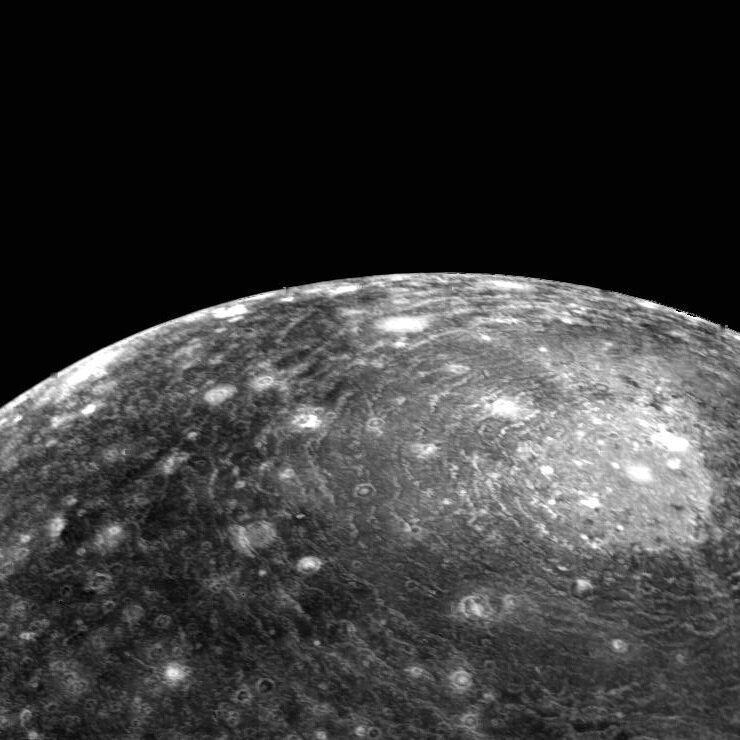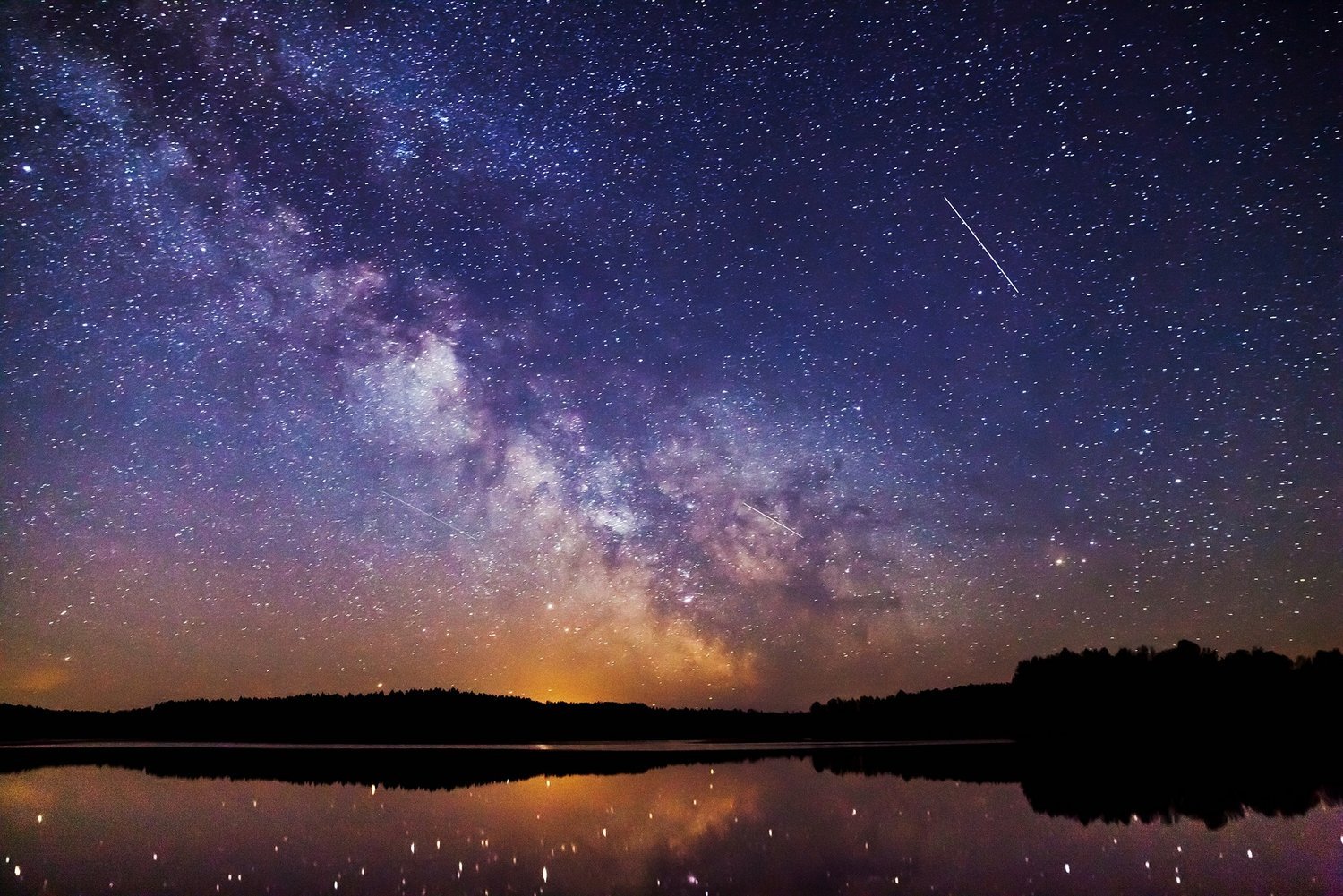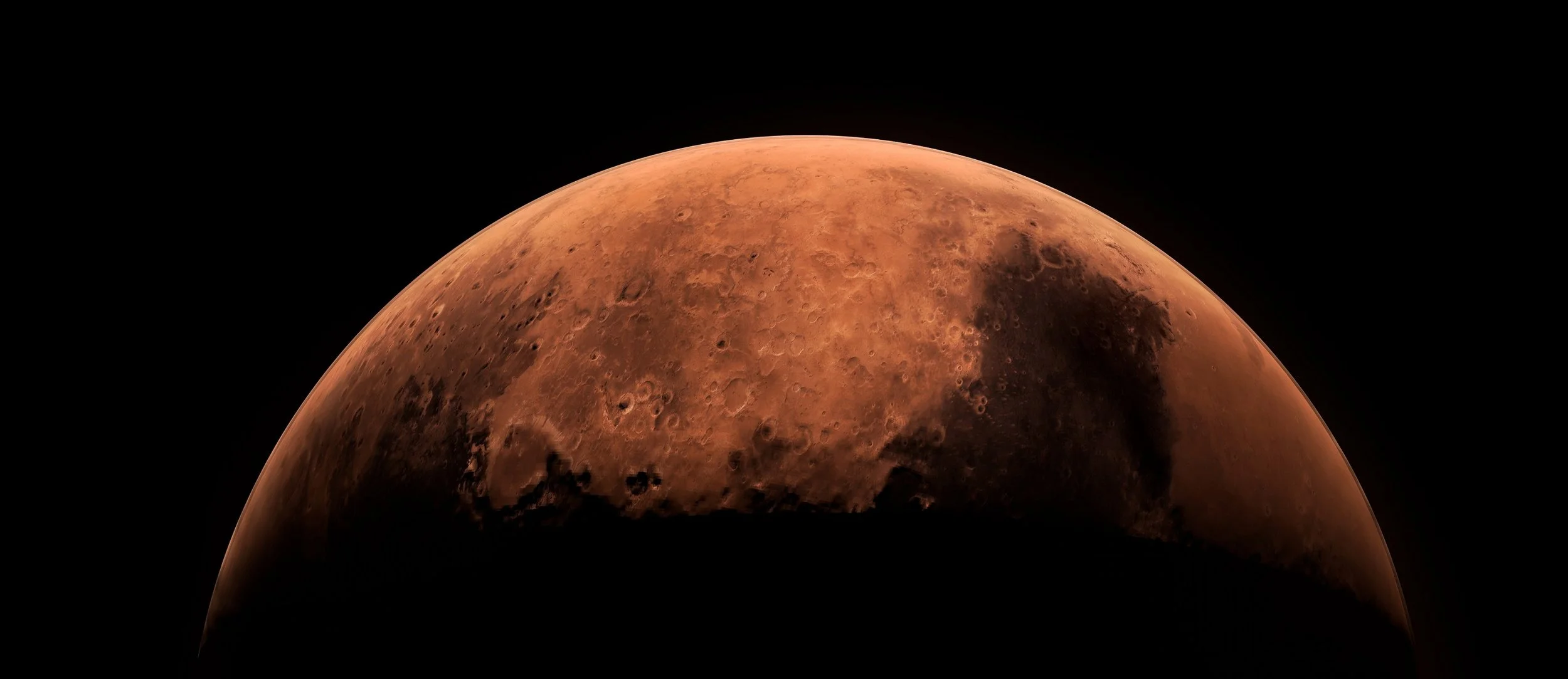Jupiter has 79 known moons, the four largest of which are known as the 'Galilean moons'. These four worlds are among the most fascinating in our entire solar system. In this article, we will attempt to convey why they are absolutely worth getting excited about.
As the name suggests, the Galilean moons were discovered by Galileo Galilei. Back in 1610, they were the first moons ever found orbiting a planet other than Earth.
From left to right: Io, Europa, Ganymede and Callisto - Image Credit: NASA/JPL/DLR / Edited for aspect ratio by Universal-Sci
Ganymede
Let's start with Ganymede, Jupiter's largest moon and also the largest moon in our entire solar system, as it has a diameter of 5268 kilometers. To put this in perspective, the planet mercury has a diameter of only 4879 kilometers meaning that this moon is actually larger than our smallest Terrestrial planet, at least in size (due to its high density, Mercury is more massive).
Ganymede deserves our attention, not only because of its size but also because of its makeup. Like most planets and large moons, Ganymede is completely differentiated, which means that its internals consists of different layers as a result of, among other factors, differences in density. Generally, denser materials sink to the core of a large moon or planet, creating a layered structure differentiated by different types of materials.
Perhaps even more interesting is the fact that almost half of the moon's makeup consists of water/water ice. Observations suggest that the Ganymede harbors an immense ocean holding more water than all of the oceans on Earth put together. The ocean revealed itself when astronomers looked at discrepancies in the motion of the moon's aurorae which could only be explained with a large saltwater body beneath Ganymede's surface, affecting its magnetic field.
Ganymede interior structure - Image Credit: Kelvinsong via Wikimedia Commons (CC BY-SA 3.0)
Yes, like Earth, Ganymede has its own magnetic field, and even aurorae can exist above its surface. Ganymede is the only moon that we know of that has its own magnetic field, making it an even more unique world. Scientists think that the magnetic field originates from its molten iron core created by convection. Due to Jupiter's enormous size with accompanying magnetic field, Ganymede's magnetic field is difficult to discern.
Lastly, another Ganymede is known to have its own atmosphere, mainly consisting out of oxygen and likely a small amount of ozone. It is likely the result of water ice that gets split into oxygen and hydrogen by sunlight. Due to its low mass, the hydrogen gets lost into space while oxygen sticks around a bit longer.
Io
Let's continue with Io, a peculiar-looking moon that is about the size of our moon. Its surface is covered with sulfur dioxide frost giving it its distinct colors. Where the other Galilean moons possess huge amounts of water, IO has the least amount of water of any known astronomical object in the entire solar system relative to its mass.
What makes this moon interesting is the fact that it has more than four hundred active volcanoes, more than any other known moon or planet. Some of the volcanoes have eruptions that reach heights of several dozens of kilometers. Some are so powerful that they can be seen from Earth if you have access to a large telescope. The driving force behind all of this volcanic activity is tidal heating due to Io's gravitational interaction with Jupiter and several other Jovian moons.
Giant volcanic explosion on Io - Image Credit: NASA's Goddard Space Flight Center Cover image courtesy of NASA/JPL/University of Arizona
IO is also home to some of the most extreme mountains in the solar system, the highest of which is called 'Boösaule Montes'. With a height of 17.5 kilometers (or 10.8 miles), it dwarfs the tallest mountain we have on Earth, Mount Everest, which peaks at about 8.8 kilometers (or approximately 5.5 miles).
Callisto
Being one of the largest moons in the solar system Callisto stands out due to the fact that its interior may not be differentiated like that of the other large moons. It is tidally locked with Jupiter and orbits it at a distance of almost 1.9 million kilometers. With a diameter of 4821 kilometers, it is almost exactly as large as the planet mercury.
Its distant orbit means that, among Galilean moons, Callisto is a bit of an oddball due to the fact that it does not participate in an orbital resonance with the others. This means that no regular, periodic gravitational influence is exerted between Callisto and Io, Ganymede, and Europa, while the latter three are in an orbital resonance with each other.
Due to a lack of geological activity, Callisto has the oldest and most strongly cratered surface in the Solar System, giving it its distinctive look. One of its most fascinating surface features has to be the 'Valhalla Basin. With a diameter of approximately 3800 kilometers, it the biggest impact crater known. It is characterized by an interesting multi-ring system thought to have formed when Callisto's rocky outer layer was hit by an impact so enormous that liquid or semi-liquid material underneath got punctured, causing it to slump towards the center of the crater.
Valhalla Basin - Image Credit: NASA/JPL via Wikimedia Commons
It is thought that Callisto may have a liquid underground ocean at a depth of approximately 100 kilometers. However, scientists think the conditions for potential life may be less advantageous than on Europa, the next moon we'll cover.
Europa
Last but not least, on our tour of the Galilean moons, we have Europa. With its diameter of approximately 3100 kilometers, it is the tiniest of the bunch (even somewhat smaller than Earth's moon). Don't get fooled by its size though, Europa is one of the most astonishing worlds in our solar system.
Let's start with the surface, which is impressively smooth. In fact, it is the smoothest of any known solid astronomical object. Scientists think that this results from a warmer ocean that continuously moves ice plates situated on top of it. This warmer ocean is currently considered the most conceivable spot to harbor extraterrestrial life in our solar system.
It is thought that warmth from tidal flexing caused by Jupiter enables the ocean to stay liquid Sea salt from a subsurface ocean may be covering some geological features on Europa, implying that the ocean is interacting with the seafloor. This might be essential in determining whether Europa could be habitable.
The captivating surface structure of Europa up close - Image Credit: NASA / Jet Propulsion Lab-Caltech / SETI Institute via Wikimedia Commons
Neil deGrasse Tyson once said that he would like to go 'ice fishing' on Europa, and we would definitely like to join him. Let's hope that NASA or another space agency will be able to budget a mission that allows for the exploration of this alien ocean. It definitely would be one of the most exciting missions in the history of space exploration...
Sources and further reading:
If you enjoy our selection of content, consider subscribing to our newsletter
FEATURED ARTICLES:













